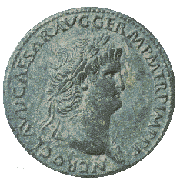 |
||
|
1
|
The metric system
In 1789, the French Académie des Sciences appointed a committee to establish a new uniform system of weights and measures. It laboured for a number of years and was chaired by many notable scientists, including the mathematicians Lagrange and Monge. The committee hoped to find absolute units of measure which could be readily agreed upon. The unit of length for example was to be defined as one ten-millionth of the length of the meridian from the North Pole to the Equator (passing through Dunkirk and Barcelona). Unfortunately the calculations were faulty, but a standard metre was decided anyway. Similar decisions were made about other units, such as the litre.  This new metric system was eventually made legal in France in 1840; it was then exported to other countries through trade and international exposure. Most countries have now adopted the metric system in its original form, or as the Système Internationale des Unités (SI). Its use is virtually universal. This new metric system was eventually made legal in France in 1840; it was then exported to other countries through trade and international exposure. Most countries have now adopted the metric system in its original form, or as the Système Internationale des Unités (SI). Its use is virtually universal.The only measure which has not become universal is the measure of value, which we refer to as money. As the value of goods and services (both nationally and internationally) changes daily, so do the rates of exchange between currencies of different countries vary on a daily basis. This helps to explain why economics is not an exact science! |
|
|
2
|
||
|
3
|
||
|
4
|
Metric
system |
|
|
5
|
||
|
6
|
||